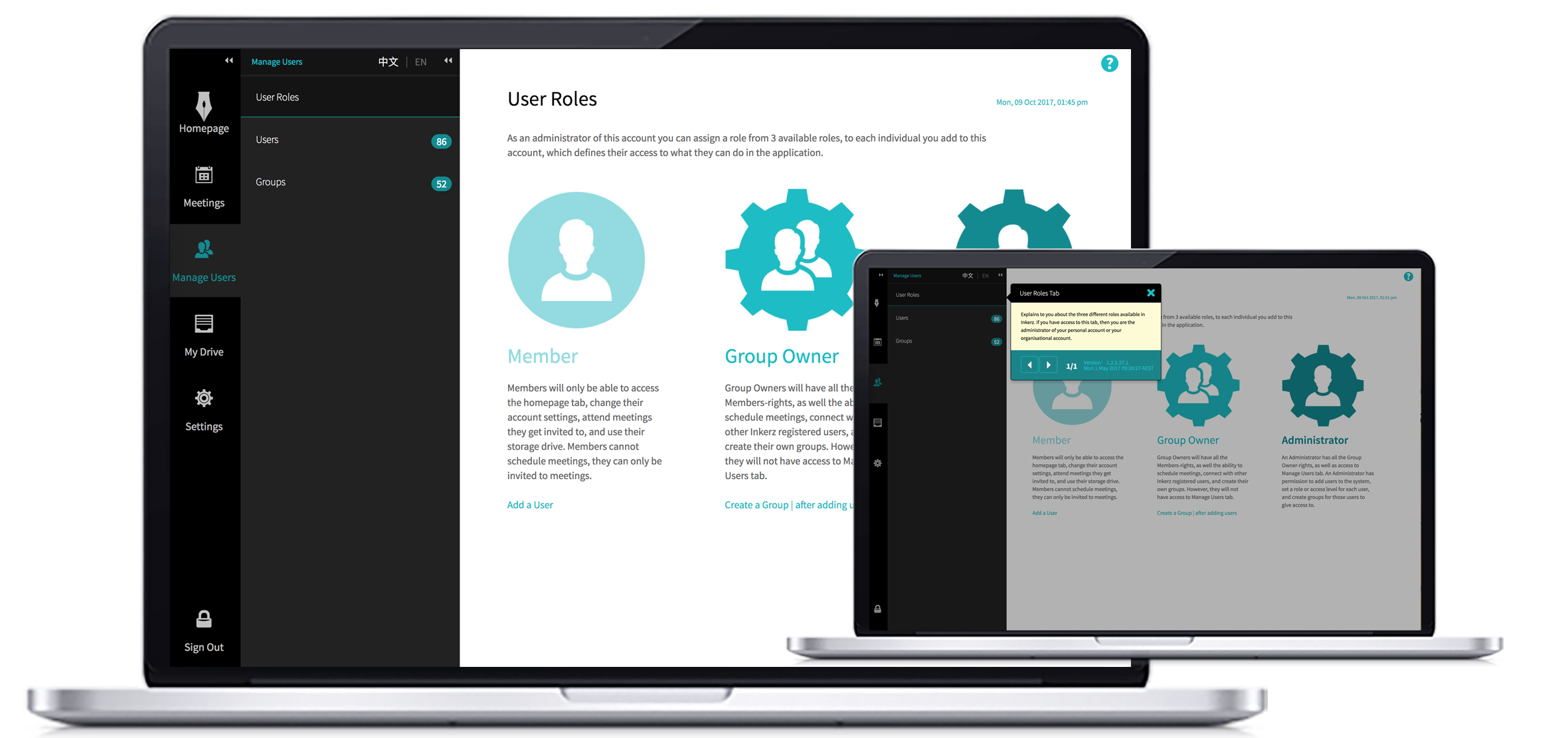Problem
Oak Meadow is a school in the US, which provides distance education to home school learners across the country and globe. Their maths teachers wanted to make their home schooling, test processes “more efficient”. The existing workflow around their maths test paper submissions by the students and the marking of it by the teachers is “awkward”,”time-consuming” and “cumbersome” and requires them to use over 8 different applications to do their daily work.
Solution
Simplified and streamlined the daily workflows of the maths teachers and students of the Oak Meadow school by using Inkerz as an end-to-end solution, eliminating the need for multiple applications.
My Approach to The Solution
Envision - Phase 1
It had been roughly about 6 months since we had built the Inkerz platform to address the needs of the maths tutors and students in the digital space, but the co-founders had a bigger vision and wanted to focus on the Oak Meadow distance education use case in the US as well.
The constraints of the project were that we had fixed resources, a tight deadline to prove the concept and we needed a functional prototype for testing due to the hardware attached to our platform, any usability tests would have had to include the hardware.
The other limitation was that we had to work with the existing back-end server and its architecture and the existing user interface, we had no resources for any drastic changes.
Discovery - Phase 2
Began the research, but in the first instance had to ask myself the question, where do I begin?
What do I need to research? Considering I had no idea about the subject area except that they are maths teachers and students, I felt the need to get deep into the lives of these students and teachers. I also had to consider the time zone difference, their availability and how I can access the students and teachers since they were located in the US and some scattered all over the globe and I worked in Sydney, Australia.
Ethnographic research seemed right, to gain a deeper understanding of how these teachers and students teach and study from the comfort of their homes, and what those emotional and behavioural needs are which would have to be addressed down the line. If Inkerz had to make a change in the way they do things, then the need to understand those aspects were important.
Since we had no money for any extensive research and travel, decided to use the existing Inkerz platform for contextual research, in order to get some feedback in terms of how they would feel about the Inkerz platform as it is. The empathy map below simply was a validation that existing Inkerz solution is not going to satisfy their emotional needs and in fact, it will create more frustration along the way.
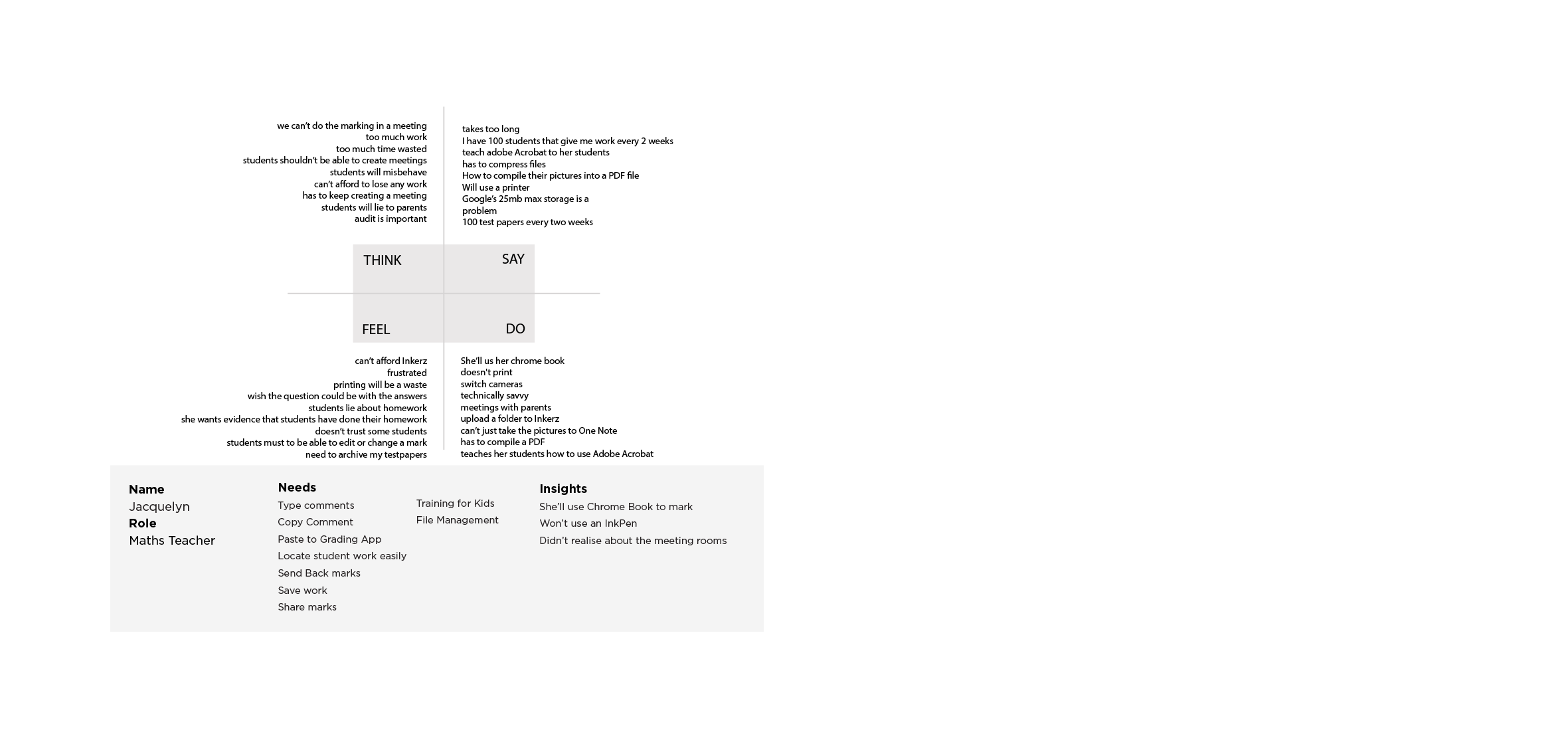
After the contextual research, wanted to understand, through email surveys, what kind of technologies and hardware these students and teachers are using. Having a printer was crucial for students in order to print calibrated test papers to write on. Through the survey, it showed that the teachers will be using a Chrome book to mark the papers. That raised the need for us to test the app on chrome books to ensure it all interacts and works as intended since on a Chrome book user would use the touch screen instead of the Inkerz InkPen.
The interviews went on for over 2 months and I was mainly trying to understand what it is that they do on a daily basis at home, how they work and what steps in particular are they finding awkward and cumbersome.
In the meantime, the students' test papers were sent to me by request, which varied between 6-60 pages. Analysing the test papers, it was obvious that none of them are using pens, all the test papers were done using a pencil, however after consulting with the Oak Meadow school, and the tests we did with the students at the Oak Meadow with Inkerz InkPens, it was clear that the InkPen can be a substitute for pencils. I ended up compiling the needs in order to address when it came to ideation.
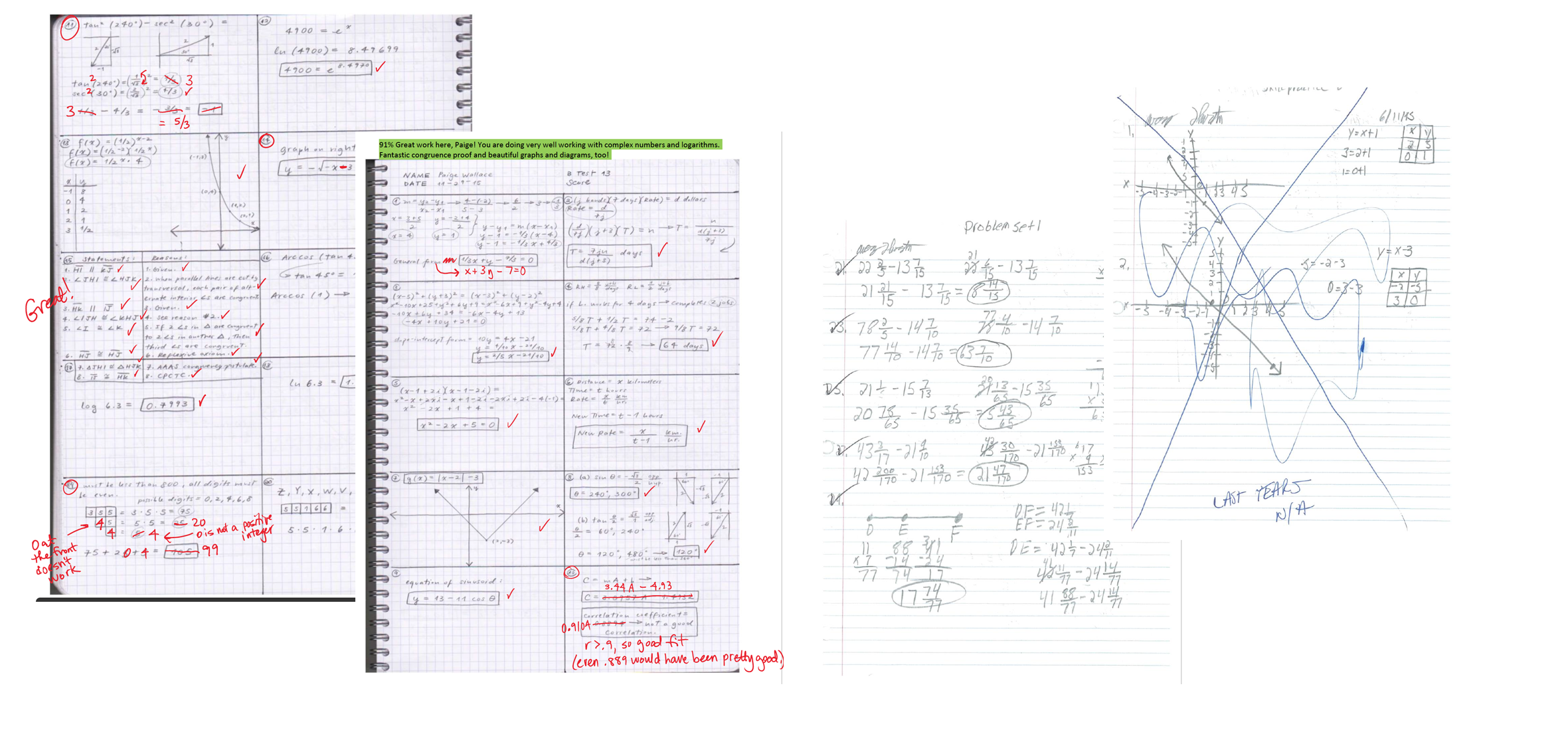
One obvious problem was apparent from the test papers, that not a single one, had the test questions in them, which I investigated further with the teachers and they highlighted that this had always been an issue and that they always had to have the questions separately printed next to them whilst marking. Well, Inkerz platform had already solved that problem by having the ability to match your writing on your test paper to the screen which we call “calibration”.
After 2 months, the personas and user scenarios for the maths students and the teachers of the Oak Meadowwith were created, highlighting all their pain-points. Sharing all the research results and documents with the project team is important in order for them to understand the UX story behind the student and teachers we are solving problems for. At Inkerz we documented everything in confluence. And any new findings through usability tests, interviews and feedback we would add to those pages.
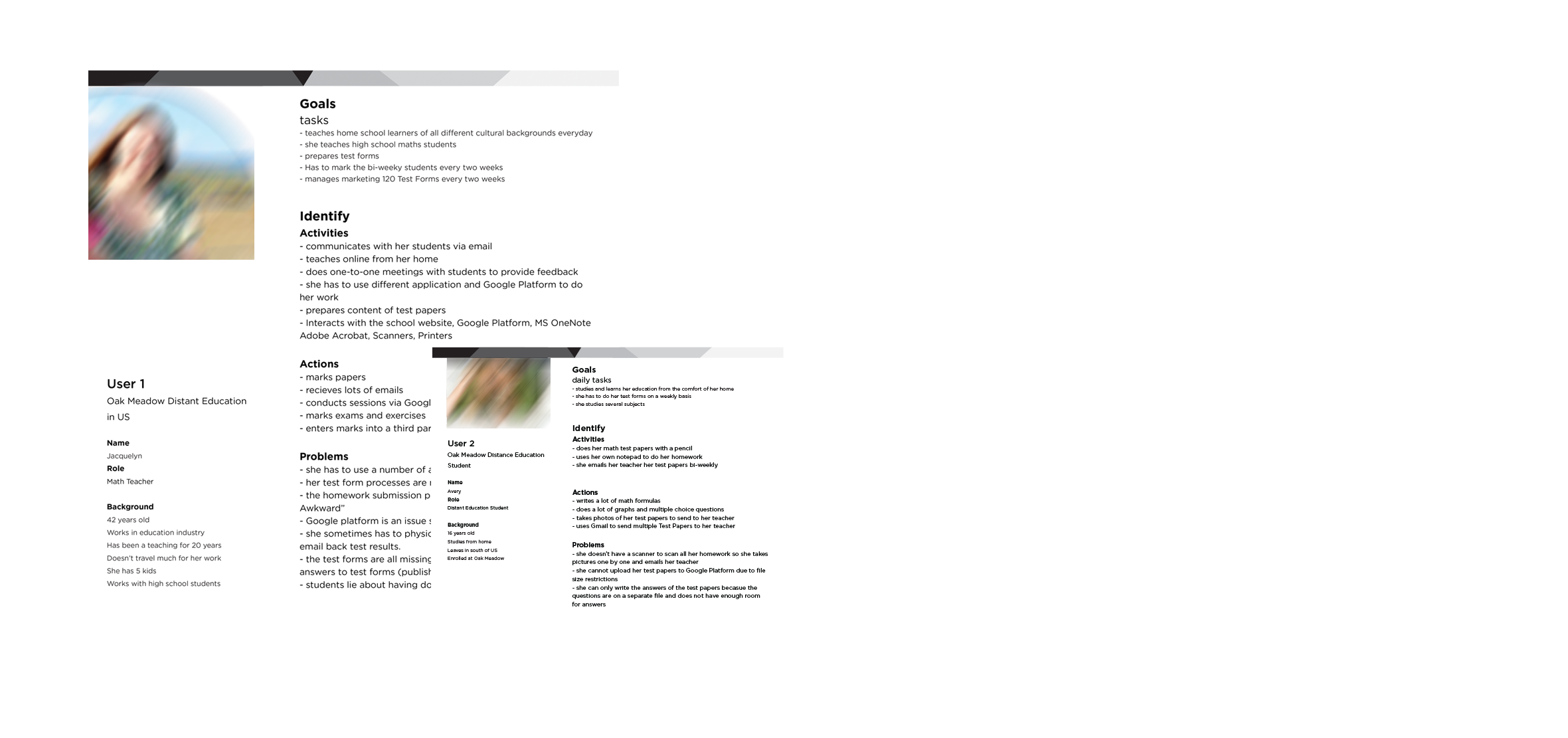
Define - Phase 3
The next thing was to validate those user scenarios and flows, but also making sure we can deliver it using our existing platform. Started sketching out the scenarios on paper and reviewing them with the project team and it was very clear that we could not technically achieve what the Oak Meadow students and teachers needed, which was a file management system, where students could open test papers, do their work, save their work and then share it back with their teacher for marking, and vice versa.
Our back-end technical limitation was that students and teachers could only share files in the context of an online “meeting”. So unless the teachers and students created a meeting and uploaded the files to the meeting, and saved it from there, there was no other way of approaching it, we had no resources or the time to make any significant changes at this stage. Inkerz platform as it was had already failed in the contextual research of the platform with the Oak Meadow teachers and students.
To solve the problem, my approach was first to run a workshop with our CTO, and just white-boarding and understanding what that “meeting” concept really means from the back-end perspective, once I understood that, then it all came together nicely.
I came up with the idea of a file format called “INK” file, which is essentially an Inkerz native file, and suggested to our CTO, that we redesign the UI of a meeting to look like the end-user is actually editing a file on their own but instead, in the back-end it can be the same architecture and you can still treat it as a “meeting”. This solution was keeping the end user expectation in mind, eliminating the need for the online meetings to exchange test papers, and DEV didn't have to reinvent the wheel. Once that concpet was approved by our CTO, then prototyping bagan, with low-fidelity wireflows.
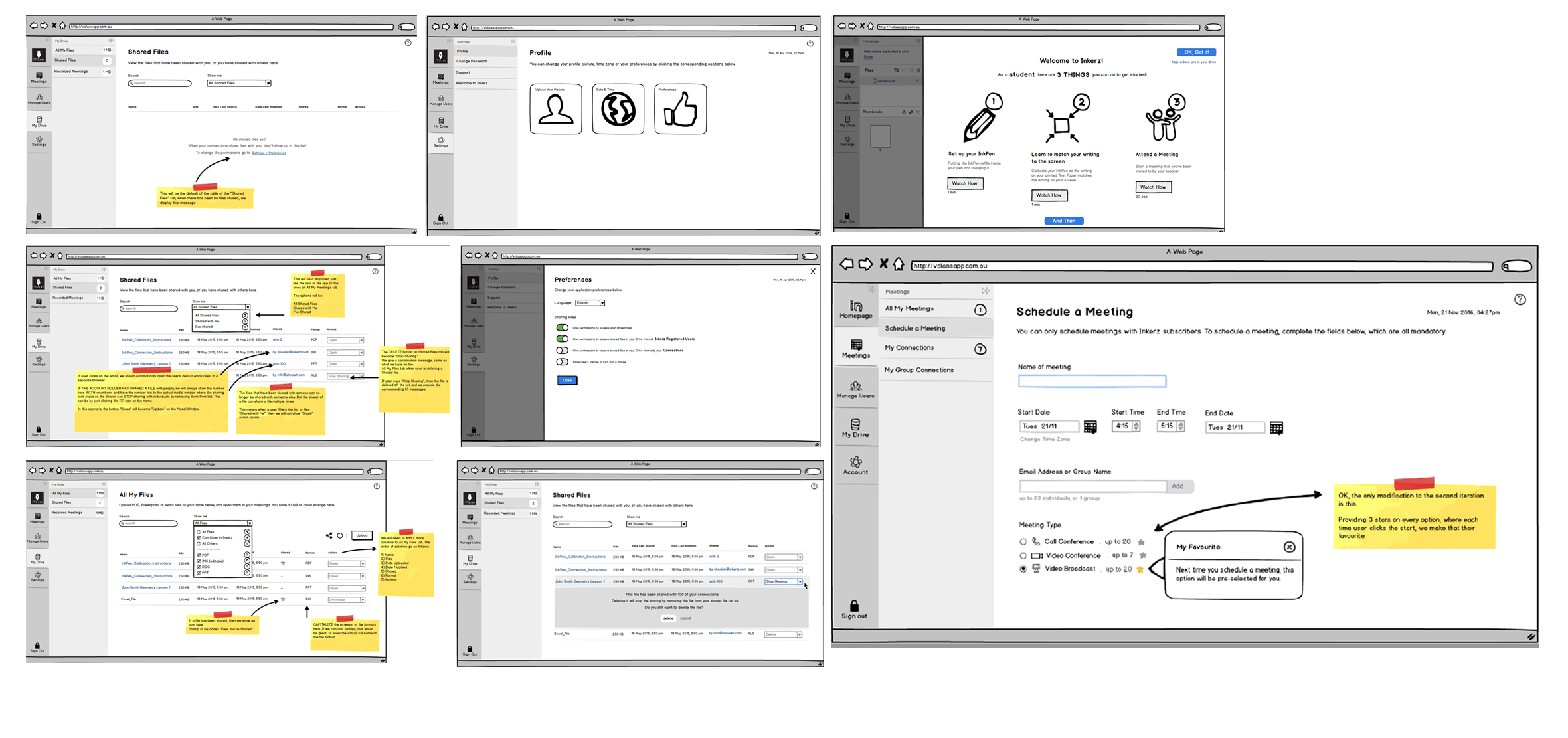
Design - Phase 4
With the distance education use case, we leveraged on the existing platform visual design and patterns, since we already had a working app. To turn the wireframes into mocks I would use my existing library and local files to make changes.
During the development cycle, testing the app with the Oak Meadow teachers and students sometimes resulted in more findings. You understand what works and what doesn’t and you are also faced with new challenges. for example, the teachers are pro users when they have to mark 100 test papers every two weeks, it became crucial that we support shortcuts in the app for the teachers, but it also came down to understanding through research which shortcuts are primary in the workflow as often when you have fixed resources in a team, you must improvise and think of a solution that satisfies the end user needs and the business priorities.
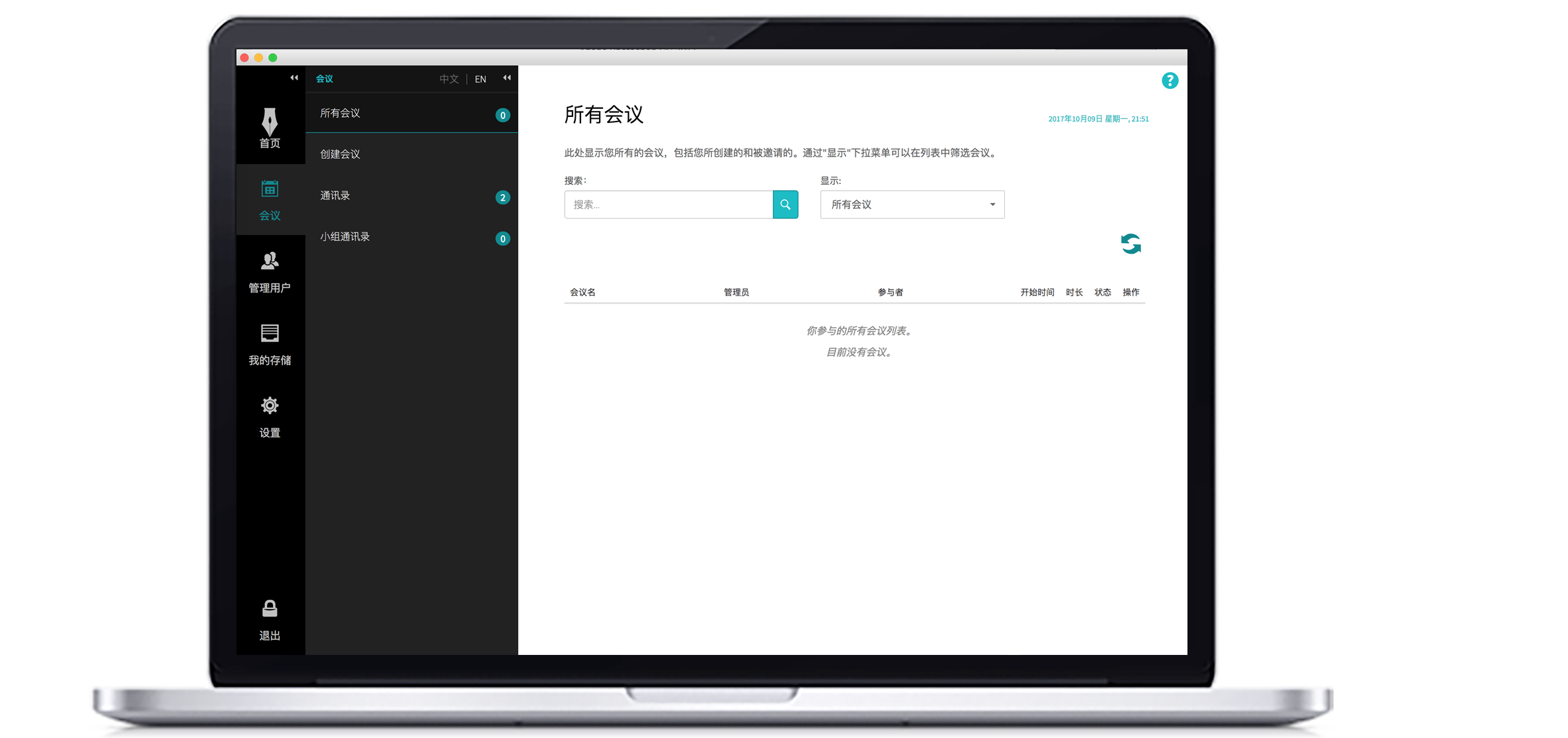
Challenges
During the testing by the Oak Meadow school, there were multiple challenges which were resolve along the way by a great deal of listening, research, validation, and facilitation between the DEV team in Sydney and our end-users in the US and around the globe. But one particular one was when through contextual research we found out that if you write with your hand curved over your InkPen, and most of the times left handed people might do this, then you are covering the transfer of date from your InkPen to the receiver which then does not transfer your writing to the screen.
Eventually we solved this by giving the option to users to place their receiver either on top of their paper or on the bottom, but a challenge like this in the middle of sprints, takes time, discipline and lots of communication and prioritisation to address.
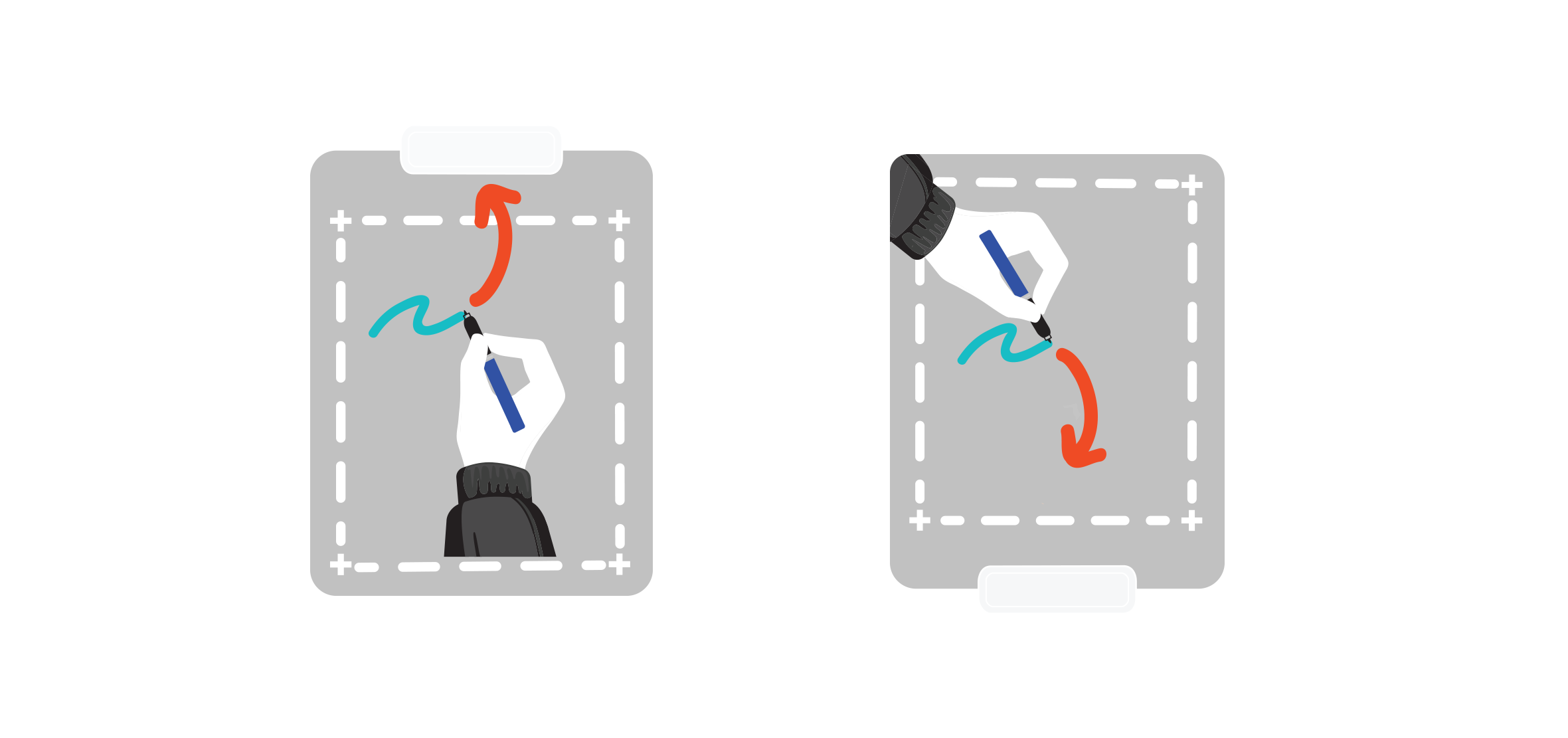
Other challenges faced as a UX designer in a start-up due to the ever-changing nature of the business was to constantly negotiate and manage customer expectation, delivering bad and good news, and constantly influencing outcomes throughout the whole life cycle of the project.
The innovative part of my work for the teachers and students of Oak Meadow which then proved to be extremely valuable to all maths and language students and teachers, was allowing teachers to record their video, and handwriting whilst they are marking the test papers. This then eliminated the need for the teachers to have an online meeting to discuss the student approach a problem after a test paper had been marked. Simply by allowing a video feedback recordings within the test paper file for both the teacher and student.
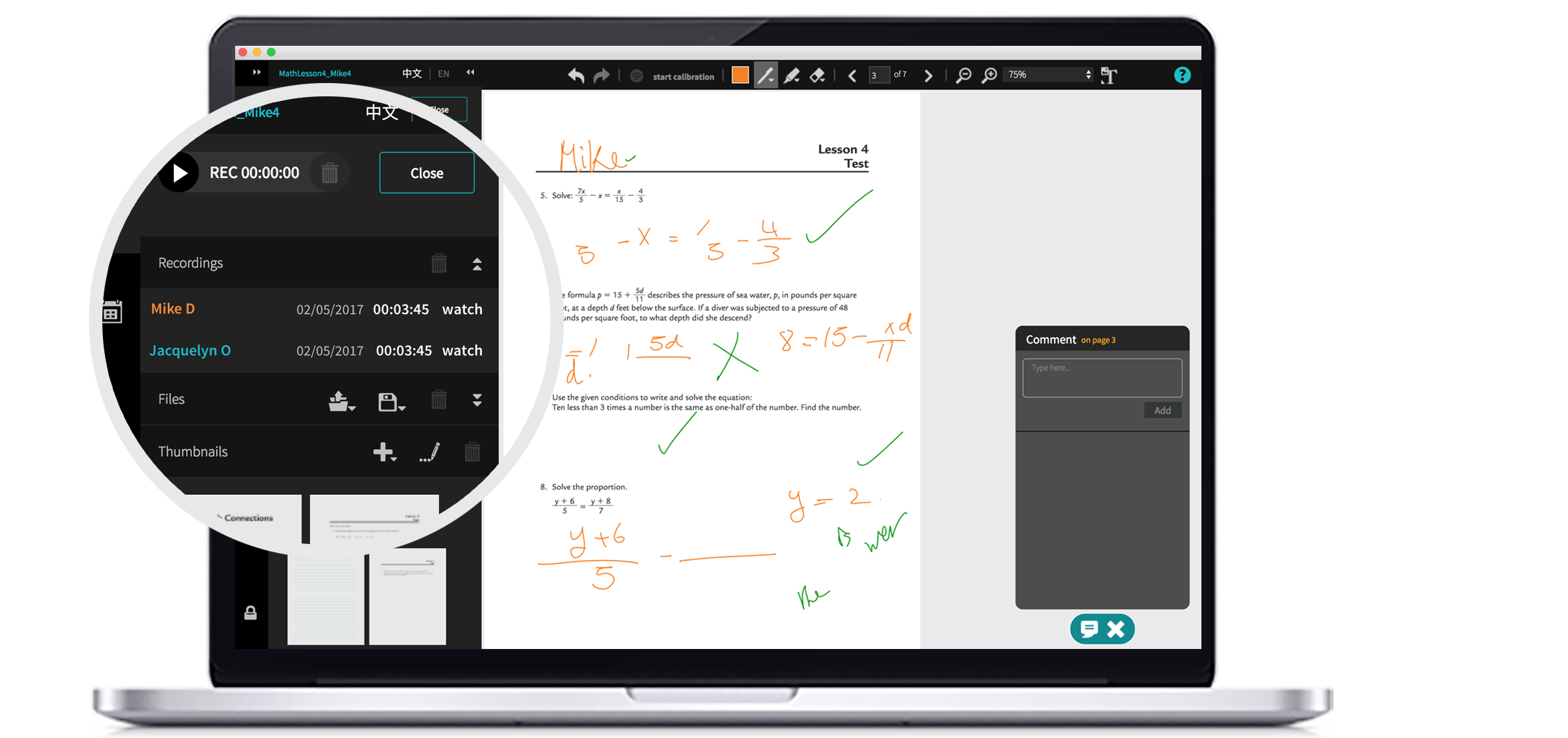
Deliver - Phase 5
Through the entire delivery phase I was responsible for creating all the Interaction guidelines and visual assets of the product, and helped with modifying all the HTML/CSS of the final screens to make them pixel perfect.
Quality assurance of the product is important hence ensuring that the overall UX has been implemented according to the specification allowed me to wear multiple hats within the company, and I'm always keen to track bugs and get DEV to fix them before running a usability test.
Launch - Phase 6
At the end, I was able to manage and deliver an end-to-end solution, using the Inkerz platform, to the Oak Meadow school and the pilot went very well. The school was hoping to start using Inkerz extensively and expand the use of the platform across the entire school.
Postmortem Analysis
Successful
- Always being a sprint ahead of DEV
- Getting everyone at Inkerz on-board with the Oak Meadow UX Story
- The Inkerz team collaborating closely in the design and development cycles
Unsuccessful
- Not having enough resources to do deliver sooner

